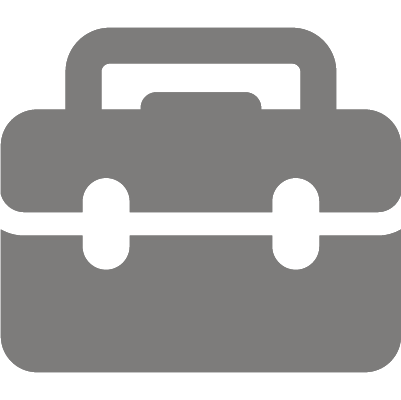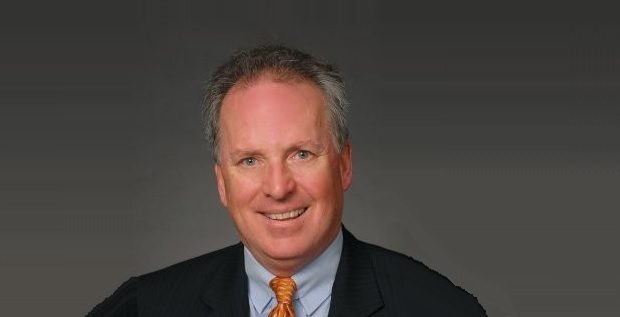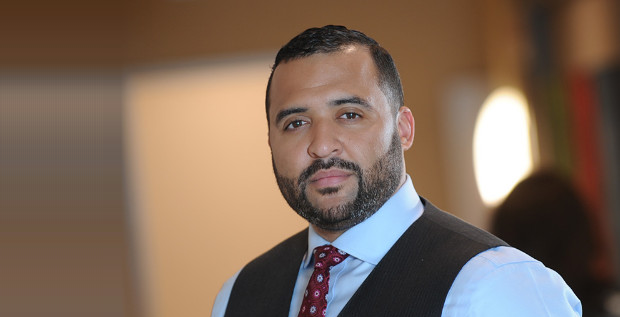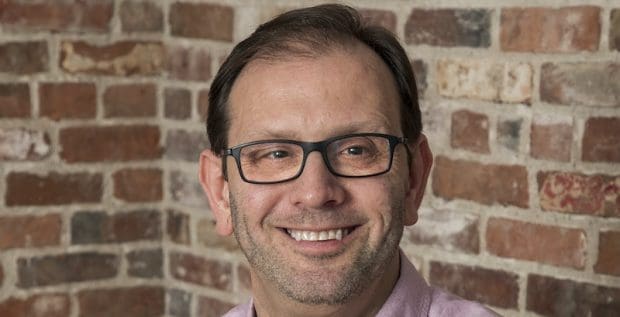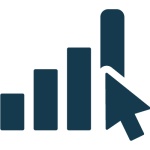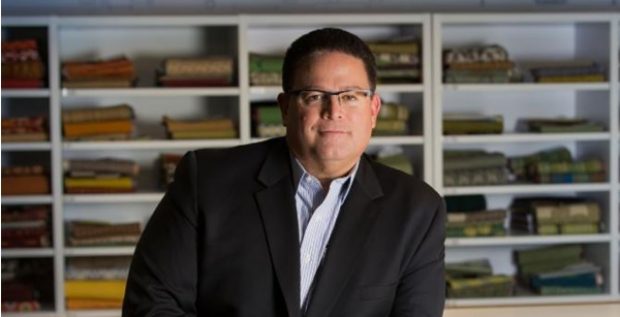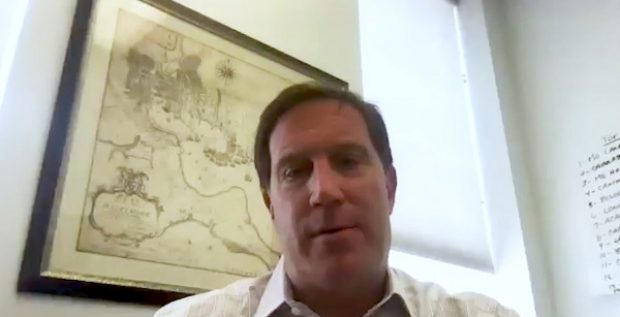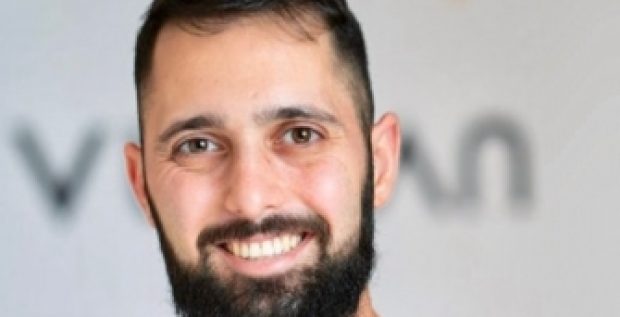A. Building a consumer brand is definitely not easy, so that is one of the challenges I think any consumer startup faces: figuring out more and more ways to get more consumers to know who you are at a reasonable cost. The second biggest challenge I see driving today is just growing. We are growing, and hiring a lot of people. The team has grown from 6 to 20 in the last 12 months and we have two new offices, so there is definitely a lot going on.
Manpreet Singh is the president and co-founder of TalkLocal, a service that connects consumers with local specialized professionals in minutes. From plumbers to tax preparers, TalkLocal users can set appointments with qualified service providers immediately without the hassle of an online search or phonebook.
Q. What was the genesis of TalkLocal?
A. My brother Gurpreet, the other founder of our business, came over one day with the idea. TalkLocal evolved from his previous business called Geeks On-Site, which did IT and computer repair for businesses and residential in the DC metro area. He found that consumers were frustrated when they were looking to hire a computer professional and he wanted to find a way for consumers to find professionals quickly. Being a small business owner himself, he also understood the difficulties of advertising and getting users to find you. And when he found that many of these programs that do advertising for small businesses require upfront fees, monthly minimums, or annual commitments, he decided it was time for a simpler business model.
Q. Tell us more about the model.
A. We introduced the pay-per-conversation model: small businesses only pay when they have a conversation with the consumer who is actually looking for the business’ services. We look at a lot of data that we can gather off of Internet to find out if the business is reputable and verified and vet it. We then look at data from review sites like Yelp, Citysearch, Google and Yahoo, mathematically take in that data and rank the businesses—similar to how a consumer would do on their own, but we can do it a lot faster We also take in data from social media sites like Facebook, Twitter, Linkedln, and Google+ to see how many likes they have, how many followers they have, and whether any of the user’s friends have ever interacted with this particular company. Additionally, we look at location to see how far a business might be available from the consumer’s location. And we’ve recently started analyzing the data that we have from our historical requests to figure out, for instance, which companies consumers book more often and which companies provide the lowest price. We are factoring all that into our algorithm.
Q. Where does TalkLocal do business?
A. We have done requests in about 9000 zip codes nationwide. That represents about 25% of American zip codes, and covers essentially the entire country including pockets of Wyoming, Missouri, and Iowa. A lot of our visitors come from DC, Philadelphia, Austin, and parts of California. We have sent out almost 1.3 million calls since we launched the business, and we have had more than 40,000 businesses actually interact with our product.
Q. Describe the experience for consumers: how are they using the service?
A. It takes about three minutes on average for a consumer to get their first call back from the business. It’s obviously a lot faster in DC, and a little bit slower in Iowa or Missouri. Top categories for us today are heating, cooling, roofing, and windows. Dentists and attorneys are also pretty big for us. We would love to be powering 20% of the consumer searches for broken toilets, faucets, and air conditioners and we would love to have adoption by hundreds of thousands of businesses providing them with consumers that need help.
Q. Has it been difficult building the local and national brands simultaneously?
A. Building a local brand is extremely difficult and it costs a lot of money. We realized after spending some money marketing that building a consumer brand is very difficult and so we started actually working with partners to distribute our product.
Q. How have you gone about raising capital?
A. We did a seed round of funding initially about three years ago and used that money mostly to build our product, spending a little bit on marketing and distribution. Once we were able to figure out some of the core metrics we cared about—you know, how much it costs to acquire a user, how often does a user come back, how much does it costs us to get a business registered, etc—we decided it was time to go and raise a second round of funding. We did that last year.
We ended up starting the process towards the middle of the last year, closing a round of funding towards the end of 2014. The round was mostly led by a group of funds, very geographically spread out: Privateer Capital in Austin, Crystal Tech Fund in Washington DC, K Street Capital, Fortify Ventures locally, Launch Angels out of Boston, and some of the guys out of Passport Capital in San Francisco. We also had a number of angel investors who were public company executives in the past.
Q. What are some of the biggest challenges you’ve faced?


